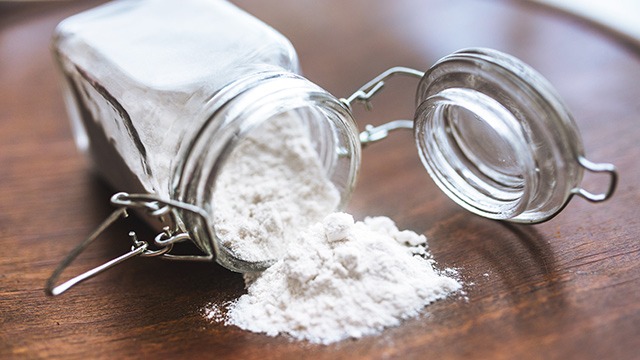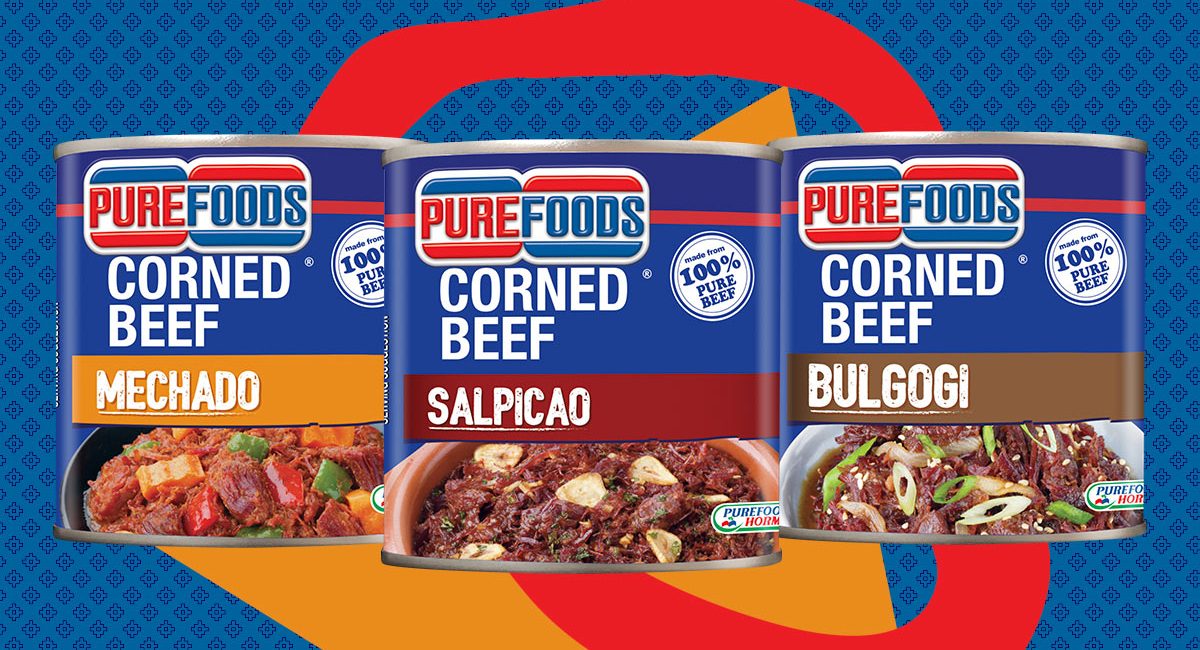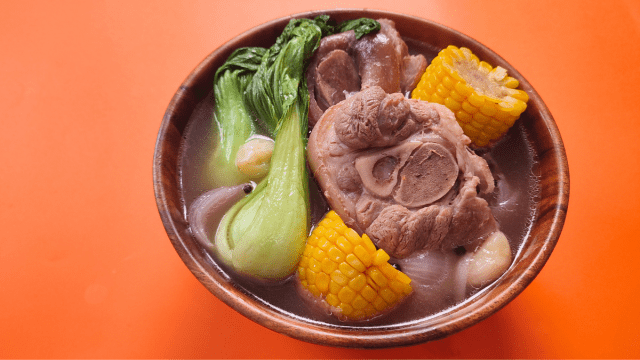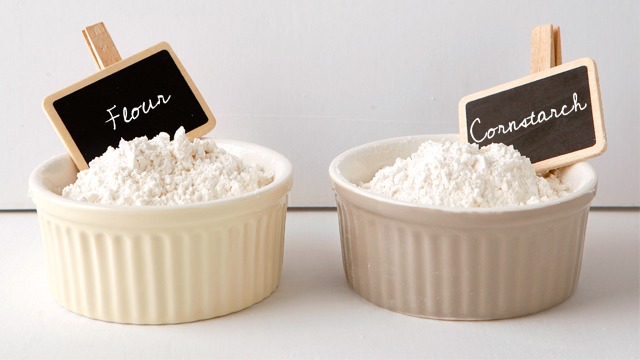
Warm, thick, delicious, and flavorful soups are one of the most comforting dishes you can have. Whether you’re eating it ala carte or poured over rice, it’s absolutely delectable. The same goes for decadent sauces that have that rich, thickened quality. That creamy texture just makes dishes extra awesome.
So, how do you thicken soups?
There are many methods, from reduction to even using agar-agar or gulaman. These can be tricky to do so we’ll explore how to thicken soups using two commonly found starches: all-purpose flour and cornstarch. These two starches are very different from each other, which makes each one suitable for different purposes and specific dishes.

Flour is best used for longer-cooking sauces and gravies. For recipes that make a big batch that will be simmered, you might use as much as 1 cup flour or more to thicken the entire pot to the desired consistency. It needs 20 to 30 minutes to cook fully or it will leave a raw, floury taste in your dish. For small batches, like gravy or a sauce to serve with your fried chicken recipe, just remember this simple formula: 1 tablespoon flour for every 1 cup liquid. This will create the perfect consistency for any gravy. Since it holds up well during prolonged cooking, flour is the ideal choice for casseroles and slow cooker recipes. It makes the sauce opaque and gives the sauces of stews and pot roasts a pronounced body.
One way to use flour to thicken your sauces and soups is to make a roux. A roux is a heated, paste-like mixture made of butter and flour.
But did you know that you can also use flour to thicken icing? It makes a smooth icing that holds up to heat incredibly well and doesn’t require any special techniques to make.
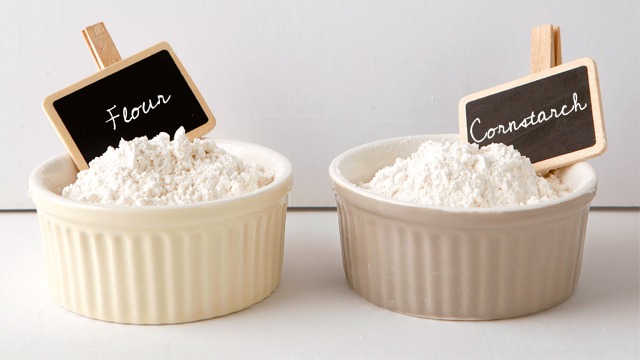
Cornstarch, on the other hand, is a pure starch. Thus, compared to flour, a much lesser quantity is needed to thicken a given amount of liquid. Cornstarch is a faster-acting starch, thickening sauces almost immediately when added to a hot mixture. As such, it’s a suitable thickener for quick stir-fries and other Asian-style dishes. It’s also a great option for thickening sauces of fruit pies since cornstarch leaves the sauces clear and gives the fruit filling a nice sheen.
Recommended Videos
One important point to remember is that cornstarch doesn’t freeze and thaw well. It’s better to use another type of starch for dishes and pies that will be frozen, such as tapioca flour or potato starch which is used just like cornstarch. Cornstarch also loses its thickening properties when cooked for too long so it should be added in the last stage of cooking and as soon as its thickened, it should be removed from the heat immediately.
Next time you’re cooking up a sauce or soup, you’ll know exactly how to thicken it.
Article was published in the October 2012 issue of Yummy magazine. Edits were made by Yummy.ph editors.
ALSO READ:

